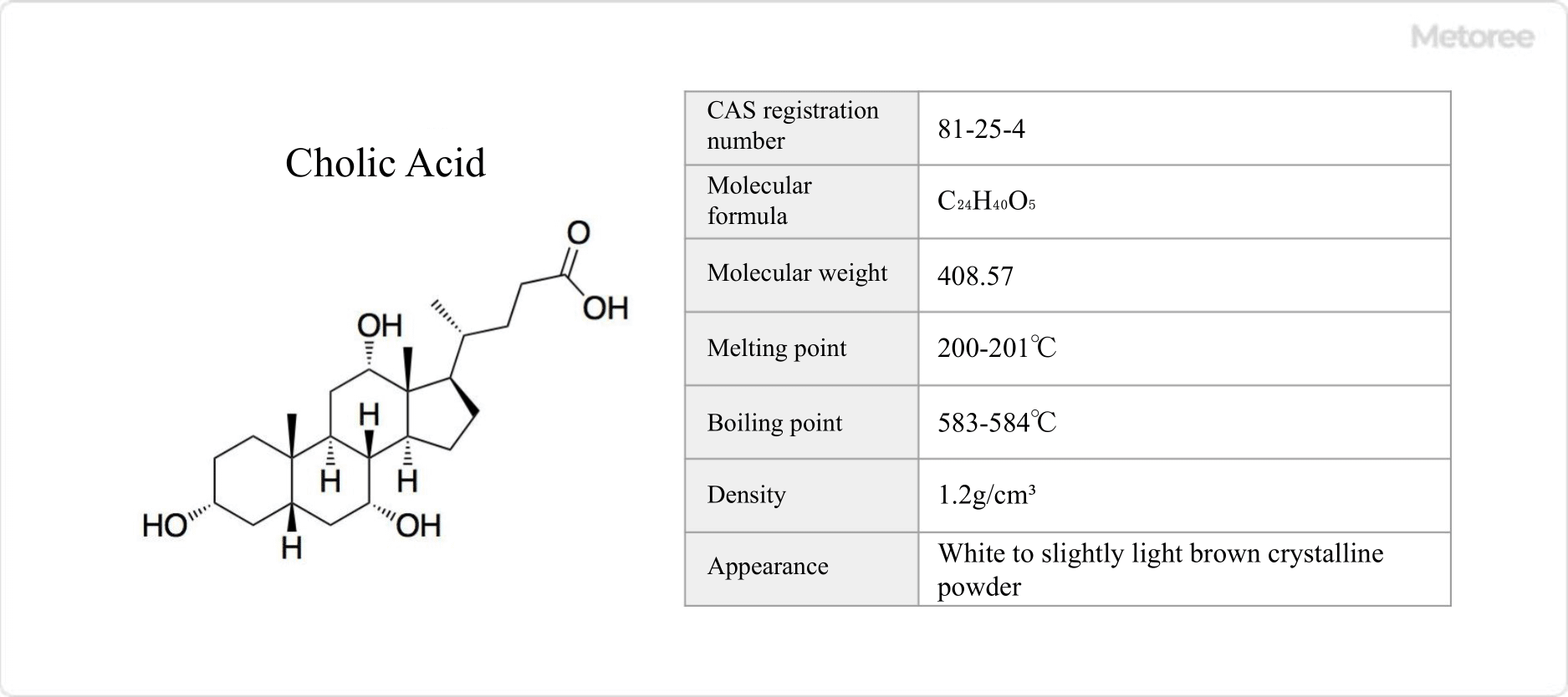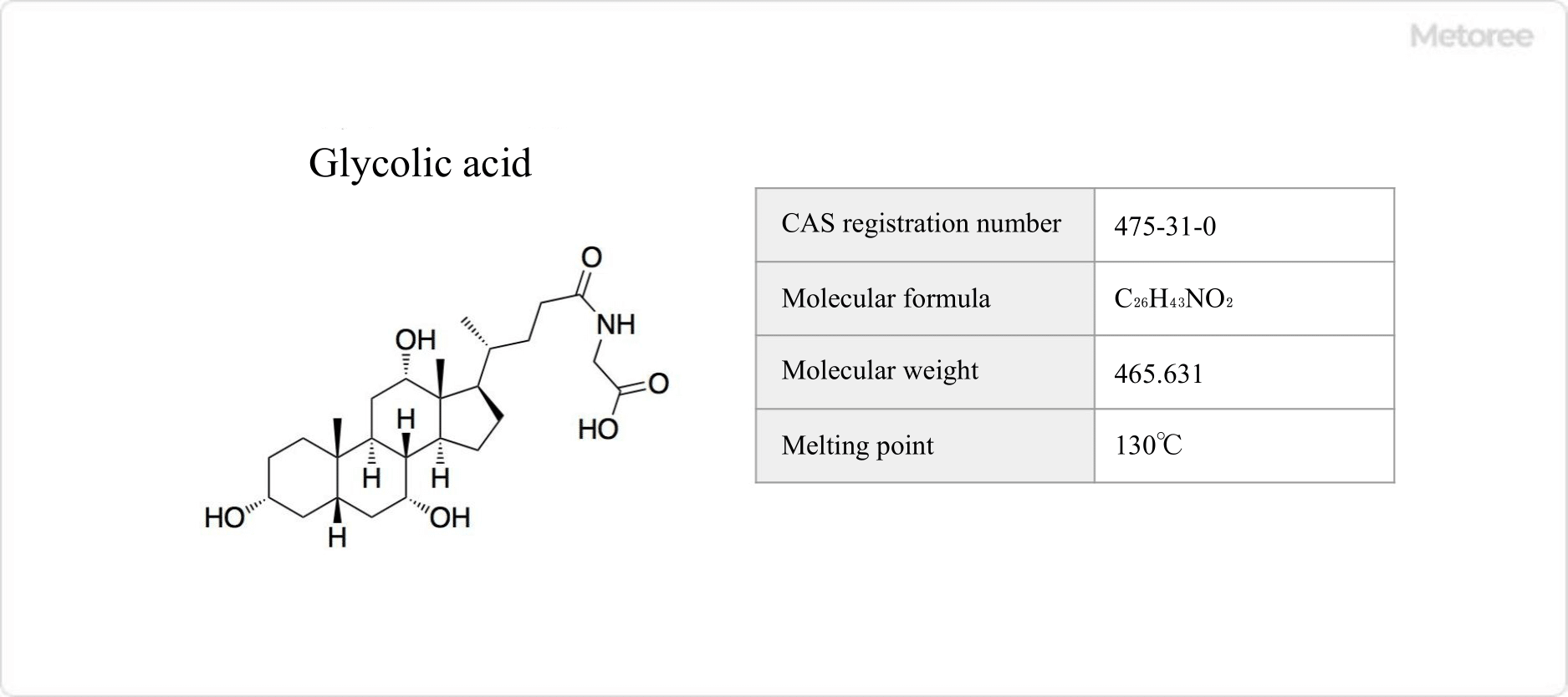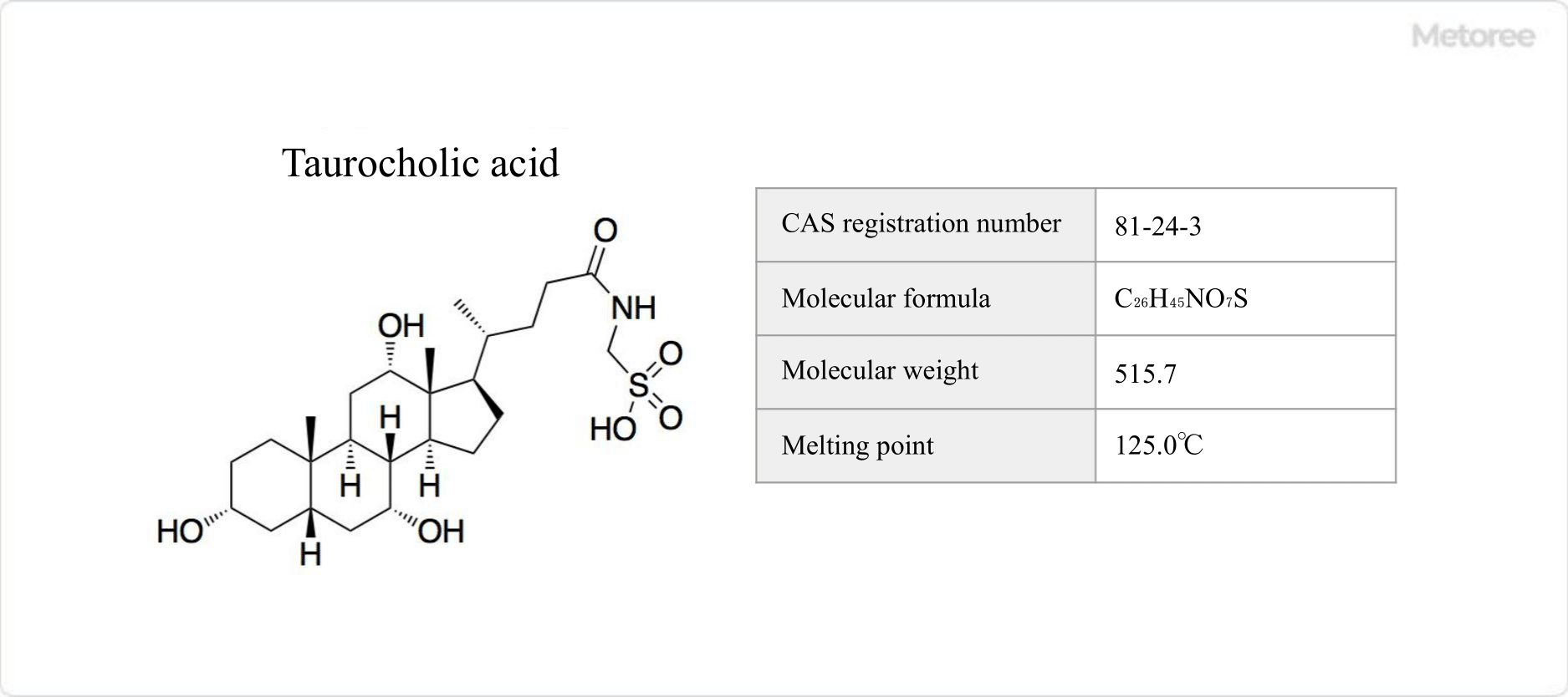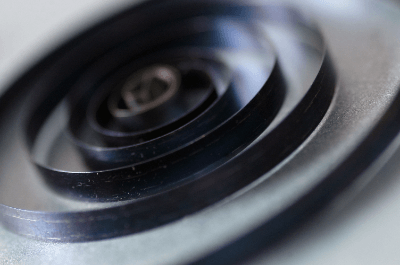Was sind Kegelradgetriebe?

Kegelradgetriebe sind Zahnräder mit Zähnen auf konischen Flächen, deren Achsen nicht parallel, sondern schräg zueinander verlaufen. Sie werden zur Kraftübertragung verwendet, indem die Richtung der Drehachse geändert wird.
Sie werden Kegelradgetriebe genannt, weil sie wie Regenschirme aussehen. Kegelräder werden je nach Zahnform in gerade Kegelräder, spiralförmige Kegelräder, schrägverzahnte Kegelräder, Zerol-Kegelräder und Hypoidzahnräder unterteilt.
Zu den für Kegelräder verwendeten Werkstoffen gehören Kohlenstoffstahl für den Maschinenbau (z. B. S45C), legierter Stahl für den Maschinenbau, Walzstahl für allgemeine Konstruktionszwecke (z. B. SS400) sowie Gusseisen, rostfreier Stahl, Nichteisenmetalle, MC-Nylon und Duracon.
Anwendungen für Kegelradgetriebe
Kegelradgetriebe werden zur Kraftübertragung durch Änderung der Drehrichtung einer rotierenden Welle eingesetzt. Bei Kegelrädern mit geraden, spiralförmigen oder schrägverzahnten Rädern schneiden sich die Drehachsen der beiden Räder. Der Schnittwinkel beträgt normalerweise 90°, kann aber auch spitz oder stumpf sein. Zahnräder, deren Achsen sich nicht kreuzen, werden als Hypoidräder bezeichnet.
Bekannte Anwendungsbeispiele sind handgedrehte Kaffeemühlen, handgedrehte Handmixer und Handbohrmaschinen. Differentialgetriebe werden in der Automobilbranche sowie in Werkzeug- und Druckmaschinen verwendet. Besonders nützlich sind sie in Differentialgeräten.
Hypoidzahnräder unterscheiden sich von Spiralkegelrädern dadurch, dass mehrere Zähne gleichzeitig ineinandergreifen und ein Zahnschlupf besteht. Sie können daher hohen Drehmomenten standhalten und zeichnen sich durch einen niedrigen Geräuschpegel aus. Sie werden häufig für den Antrieb von Autos und Zügen verwendet.
Prinzip von Kegelradgetrieben
Kegelradgetriebe sind Zahnräder mit kegelförmigen Teilungsflächen, die sich ohne Gleiten berühren. Die Zahnräder werden durch Modul, Anzahl der Zähne, Untersetzungsverhältnis, Werkstoff, Oberflächenbehandlung, Form der Wellenbohrung, Durchmesser der Wellenbohrung und Präzision bestimmt.
Geradverzahnte Kegelräder haben einen geraden Zahnverlauf und sind relativ einfach herzustellen. Untersetzungsverhältnisse bis zu 1:5 sind möglich. Wenn keine spezielle Verzahnung vorgeschrieben ist, werden sie im Allgemeinen als kraftübertragende Kegelräder verwendet.
Spiralkegelräder zeichnen sich durch eine gekrümmte Zahnspur aus. Sie haben die Vorteile einer hohen Festigkeit, eines ruhigen Laufs und eines hohen Wirkungsgrads aufgrund ihrer großen Kontaktfläche mit den Zähnen. Zerol-Kegelräder sind Spiralkegelräder mit einer annähernden Quertorsion der Wellen und haben die Eigenschaften sowohl von Direkt- als auch von Spiralkegelrädern.
Zahnräder können Leistung und Bewegung präzise übertragen, sind aber prinzipiell geräuschvoll. Um die Geräuschentwicklung zu verringern, müssen Maßnahmen ergriffen werden, wie z. B. die Gewährleistung eines angemessenen Spiels, die Erhöhung der Verzahnungsrate, die Reduzierung des Zahnprofils, die Verwendung von Kunststoffzahnrädern und die Gewährleistung einer angemessenen Schmierung.
Um den Zahnkontakt zu verbessern, kann eine entsprechende Wölbung in Richtung der Zahnflanken vorgesehen werden. Dies wird als Bombierung bezeichnet.
Auswahl von Kegelradgetrieben
Bei der Auswahl von Kegelradgetrieben ist besonders auf die Zahnfestigkeit und die zulässige Zahnflächenbelastung zu achten. Die Biegefestigkeit der Zähne ist die zulässige Umfangskraft der Zähne, die aus der Festigkeit des Zahnfußes bei der Eingriffsübertragung berechnet wird. Sie steigt mit zunehmender Zahnmodulgröße.
Die zulässige Zahnflächenbelastung ist die Umfangskraft, die zur Vermeidung fortschreitender Grübchenbildung angegeben wird. Sie variiert mit der Zahnauflagefläche: Die kleinere der beiden Umfangskräfte wird mit dem Teilkreisradius des Zahnrads multipliziert und ergibt das zulässige Drehmoment des Zahnrads. Das Zahnrad wird so ausgewählt, dass dieser Wert größer ist als das tatsächlich verwendete Auslegungsdrehmoment. Die Eigenschaften der einzelnen Zahnräder sind in den technischen Daten des Herstellers beschrieben.
Einige Hersteller stellen auch eine Liste von Zahnrädern zur Verfügung, die ihre Anforderungen erfüllen, indem sie die Einsatzbedingungen auf ihrer Website eingeben. Dies ist nützlich, wenn man die Spezifikationen anhand der allgemeinen Bedingungen eingrenzen will.
Weitere Informationen zu Kegelradgetrieben
Entwurf von Kegelradgetrieben
Bei der Auslegung von Kegelradgetrieben ist es wichtig, das Untersetzungsverhältnis und den Wellenwinkel versuchsweise zu bestimmen und die Getriebespezifikationen zu überprüfen, da es im Gegensatz zu Stirnradgetrieben Einschränkungen bei der Kombination der Zähnezahl der ineinander greifenden Zahnräder gibt und die Abmessungen wie der Kegelwinkel unterschiedlich sind.
Nach der vorläufigen Bestimmung der Form und der Einbaulage werden Festigkeitsberechnungen durchgeführt, und wenn die Bedingungen nicht erfüllt sind, wird das Modul vergrößert und die Abmessungsberechnungen werden erneut durchgeführt. Die Festigkeits- und andere Eingriffsberechnungen können für Geradstirnräder angenähert werden. Bei großen Lasten, bei sich wiederholenden Belastungen oder bei Dauerbetrieb des Zahnrads über lange Zeiträume kann ein großer Sicherheitsfaktor verwendet werden, um einen Spielraum gegen Stoßbelastungen und Ermüdung zu schaffen.
Für die Materialauswahl wird im Allgemeinen Kohlenstoffstahl verwendet, dessen Oberflächenhärte durch Abschrecken erhöht wird. Für einige Anwendungen werden jedoch auch legierter Stahl oder andere Materialien verwendet, deren Härte durch Abschrecken erhöht wird. Im Allgemeinen werden nur die Zahnflanken induktiv gehärtet, während die anderen Teile angelassen werden.
Neben der Berechnung der Abmessungen und der Festigkeit muss bei der Auslegung von Zahnrädern auch die Schmierung berücksichtigt werden. Die Schmierung und die Schmiersysteme werden festgelegt und für eine einfache Wartung ausgelegt.




